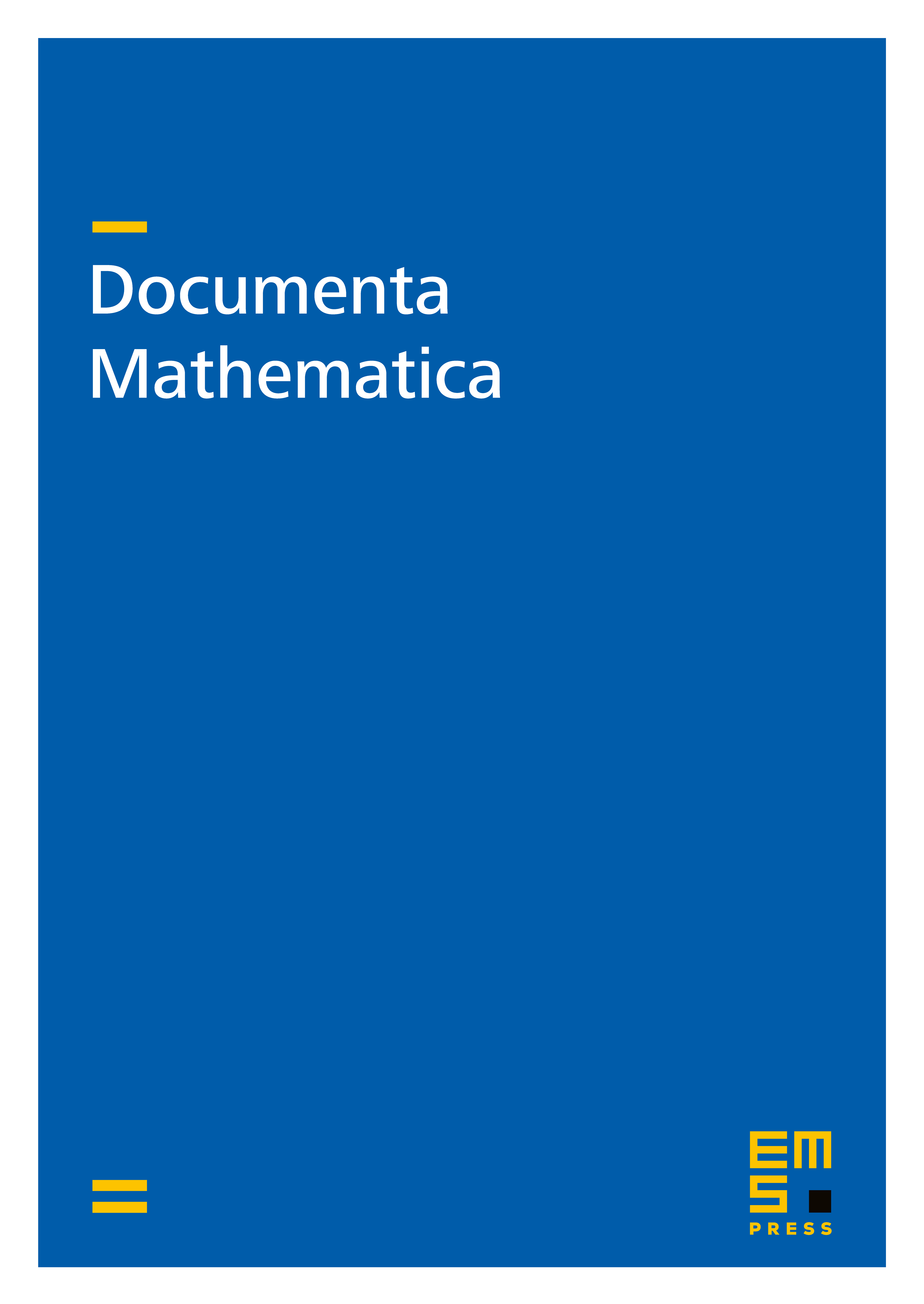Intersection Space Constructible Complexes
Marta Agustín Vicente
BCAM, Basque Center for Applied Mathematics, Mazarredo 14, E48009 Bilbao, SpainJavier Fernandez de Bobadilla
IKERBASQUE, Basque Foundation for Science, Maria Diaz de Haro 3, E48013, Bilbao, and BCAM, Basque Center for Applied Mathematics, Mazarredo 14, E48009 Bilbao, Spain

Abstract
We present an obstruction theoretic inductive construction of intersection space pairs, which generalizes Banagl's construction of intersection spaces for arbitraty depth stratifications. We construct intersection space pairs for pseudomanifolds with compatible trivial structures at the link fibrations; this includes the case of toric varieties. We define intersection space complexes in an axiomatic way, similar to Goresky-McPherson axioms for intersection cohomology. We prove that if the intersection space pair exists, then the pseudomanifold has an intersection space complex whose hypercohomology recovers the cohomology of the intersection space pair. We characterize existence and uniqueness of intersection space complexes in terms of the derived category of constructible complexes. In the case of algebraic varieties we show that a parallel obstruction theory in the derived category of Mixed Hodge Modules endowes intersection space cohomology with a Mixed Hodge Structure if the obstruction vanishes. We find classes of examples admitting intersection space complex, and counterexamples not admitting them which illustrate the use of the previously developed obstruction theory (counterexamples were known previously by various specialists). We prove that the (shifted) Verdier dual of an intersection space complex is an intersection space complex. We prove a generic Poincaré duality theorem for intersection space complexes.
Cite this article
Marta Agustín Vicente, Javier Fernandez de Bobadilla, Intersection Space Constructible Complexes. Doc. Math. 25 (2020), pp. 1653–1725
DOI 10.4171/DM/783